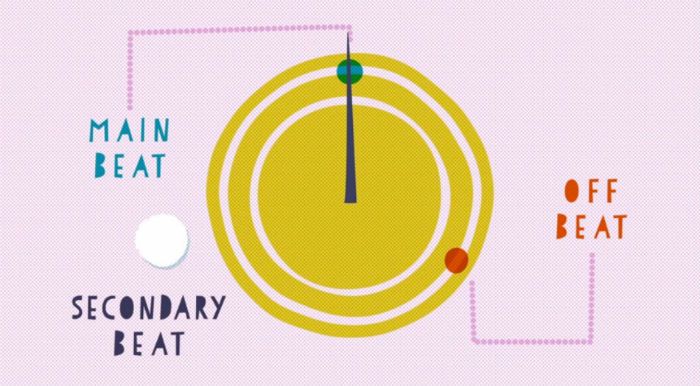The tradition of reading sheet music on paper is losing ground to modern technology. But some are even questioning musical notation itself. This video, produced by John Varney for TED ed, offers an alternative approach to traditional sheet music for visualising how rhythm in music works. Rather than by using bars and reading from left to right on the page, Varney suggests using a wheel or clock face on which dots indicate the various beats.
Beginning with a simple beat, he quickly progresses by adding further layers to illustrate how the core rhythms for a wide variety of musical genres are put together.
One fascinating aspect of this technique is that it enables people to identify remarkable similarities between the rhythms used in music genres we would not readily consider to be similar. Although this is a relatively short video, Varney explains elsewhere that he carries out workshops with musicians with the aim of helping them to create their own rhythms and innovate by drawing on these contrasting cultural styles of music-making. He is certainly able to bring together some unlikely partnerships, such as when he demonstrates the similarities in rhythm between certain types of South American music and Romanian folk music, and how in turn these are only a slight variation on Middle Eastern rhythms.
While this is sure to be an interesting way for people to be introduced to common themes within rhythm and for potentially new and innovative connections to be made between different musical genres, it is not an alternative to standard music notation. Apart from the fact that more information is communicated in a musical score, students relying solely on the wheel method would not be exposed to the musical theory that develops with the reading of music in the traditional bar style. Nonetheless, if used as an educational tool as Varney intends it to be, it provides an exciting musical tour around the world.

